What is the recipe for creating the color pink? It is not as simple a question as it may seem. The color pink, in its many shades such as pink, has a rich cultural history dating back to the 17th century, when it was first recognized as a color. Pink was once considered a more masculine color in the 1920s, albeit in softer shades, derived from red and similar to salmon.
Contudo, a percepção mudou gradualmente com o tempo, e nos anos 40, o rosa começou a ser associado ao feminino, uma tendência que se solidificou ainda mais quando Mamie Eisenhower, esposa do então presidente dos EUA, usou um vestido rosa na posse do marido em 1953. Atualmente, a atribuição de cores a gêneros específicos tem caído em desuso, e felizmente, o rosa é apreciado por todos, independentemente do gênero.
It’s a popular color for clothing, decorations, and flowers, and it even has a specific shade, Baker-Miller pink (also known as Drunk Tank Pink), which has been shown to have a calming effect in scientific studies. Given the charm of this color, it’s only natural that you’d want to know how to make pink. So, let’s get started! How do you make pink? The range of colors available in paints, colored pencils, markers, and other art supplies is immense, but even so, it’s never enough, since color combinations can create an infinite number of shades.
So, in this guide, I'll teach you how to make the color pink, exploring and combining different shades to get the desired tone. We'll learn how to create everything from lighter, more vibrant shades of pink to more distinctive and original ones.
Items Needed to Create Pink Color
- – A surface for mixing paints, such as a plate
- – Red ink
- – White paint
- – White paper for testing
- – Black, blue or yellow ink
Step 1: Organize the necessary material
Saber como fazer cor rosa é essencial para ampliar a paleta de cores à sua disposição, permitindo maior criatividade em suas pinturas e desenhos. Se você deseja pintar algo de rosa, mas não encontrou a tonalidade ideal, este tutorial é para você. Aqui, ensinaremos a fazer sua própria tinta rosa personalizada! Vamos dar uma olhada em como começar a “brincar” com as cores e materiais que você reuniu.
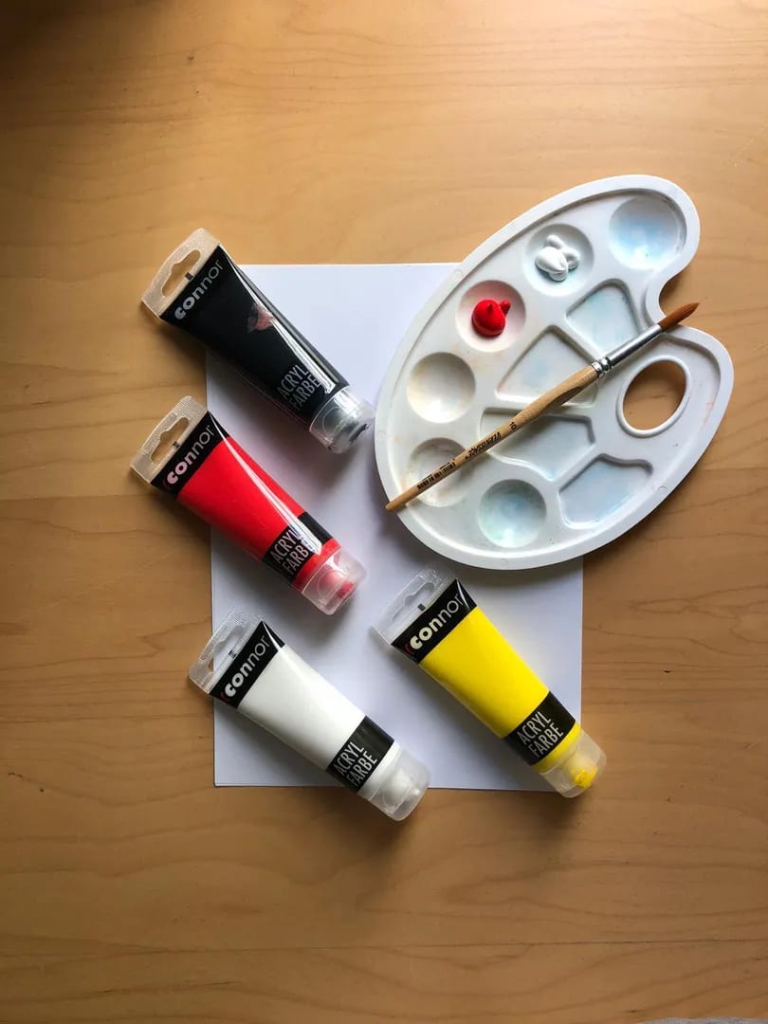
Step 2: Identify the base colors to create the pink
To make pink dye, you’ll need two base colors: red and white. Each shade of red will produce a specific shade of pink, so choose a red that suits your taste. For example, a red with orange undertones will produce an earthy pink; a darker red will produce a pink with magenta undertones. Experiment with different shades until you find the shade that suits you best.
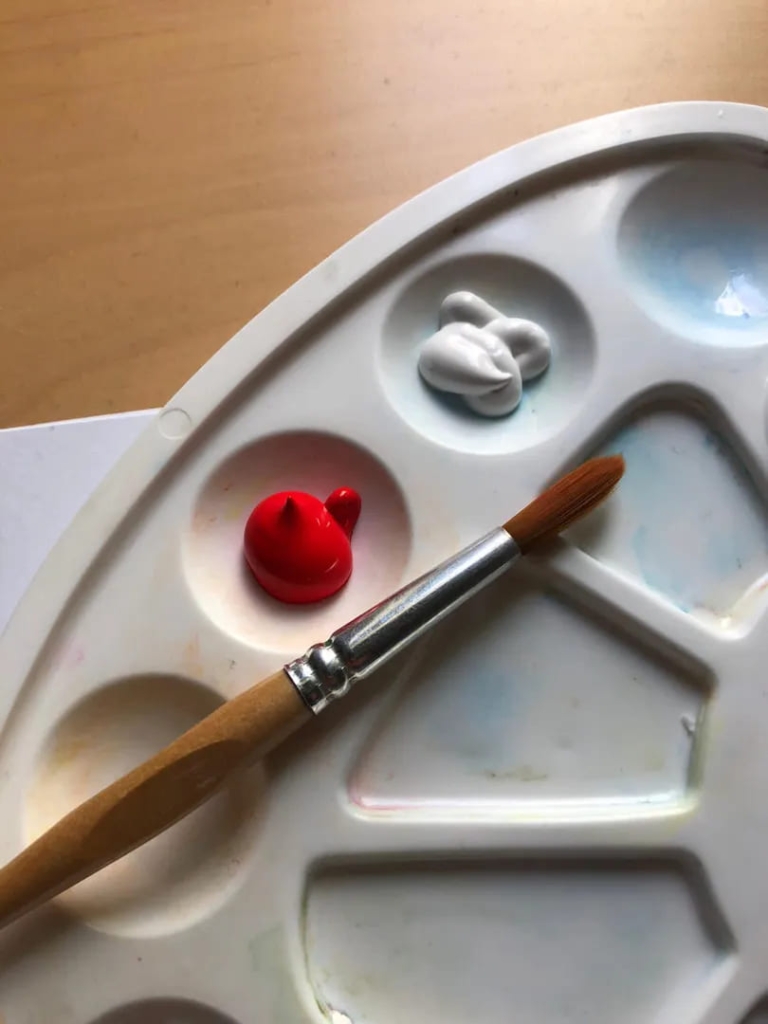
Step 3: Start mixing the colors
Using a paintbrush or toothpick, combine a little red paint with a few drops of white paint. Gradually add the white paint until you get the desired shade. This red will turn into pink, so keep some red paint aside. After all, you won't know exactly what shade of pink you'll get or how much paint you'll need before mixing. To save paint and determine the shade of pink more accurately, mix the paints gently and in small amounts.
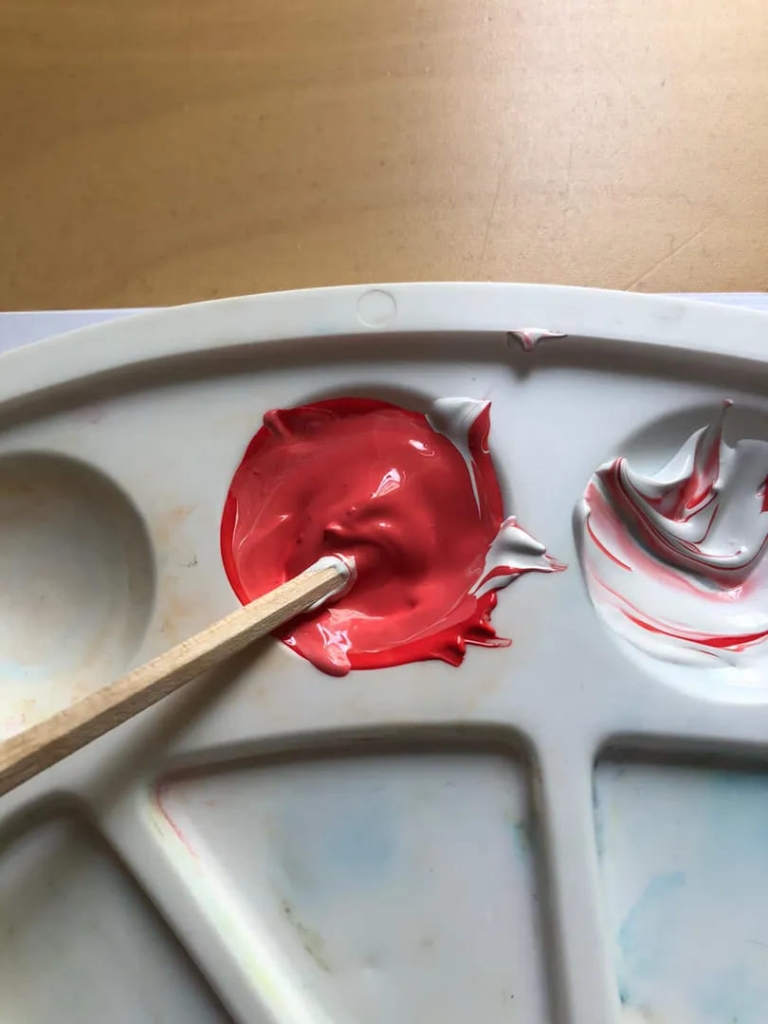
You can add more white to get a lighter and lighter shade, but each red has its own intensity, so there will come a time when you've reached the maximum pink that your chosen red can produce. The darker the red you use, the more white paint you'll need to lighten the pink. You can try to tone down your pink by adding shades of yellow to bring it closer to a peach or salmon color. If you prefer fuchsia or magenta pinks, consider adding blue or violet.
Step 4: Continue lightening the color
If you want a lighter, brighter pink, keep adding more white paint and lightening the color. However, it all depends on the base colors of red and white that you initially chose. If you're curious and willing, you can start with 2 or 3 sheets of white paper (or even a canvas) to experiment with color combinations.
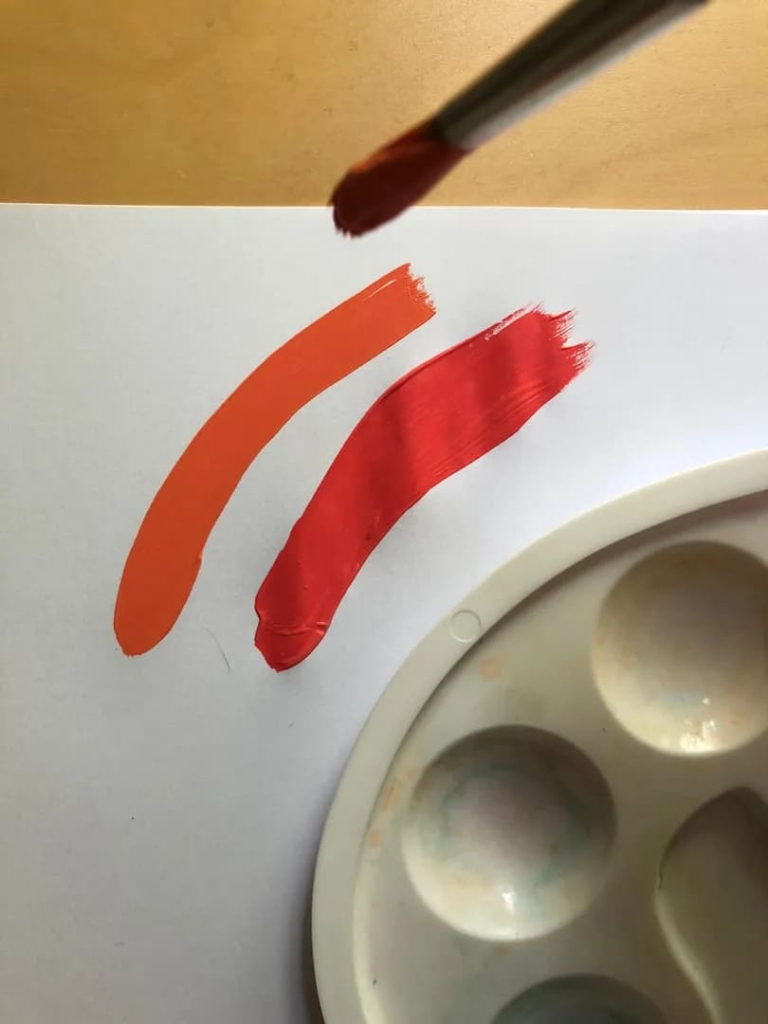
Step 5: Create your Light and Radiant Pink!
Here’s your bright, radiant pink. Now you can explore our mixes and matches to the fullest. For example, add a few drops of black paint to give the pink an earthier touch. However, remember:
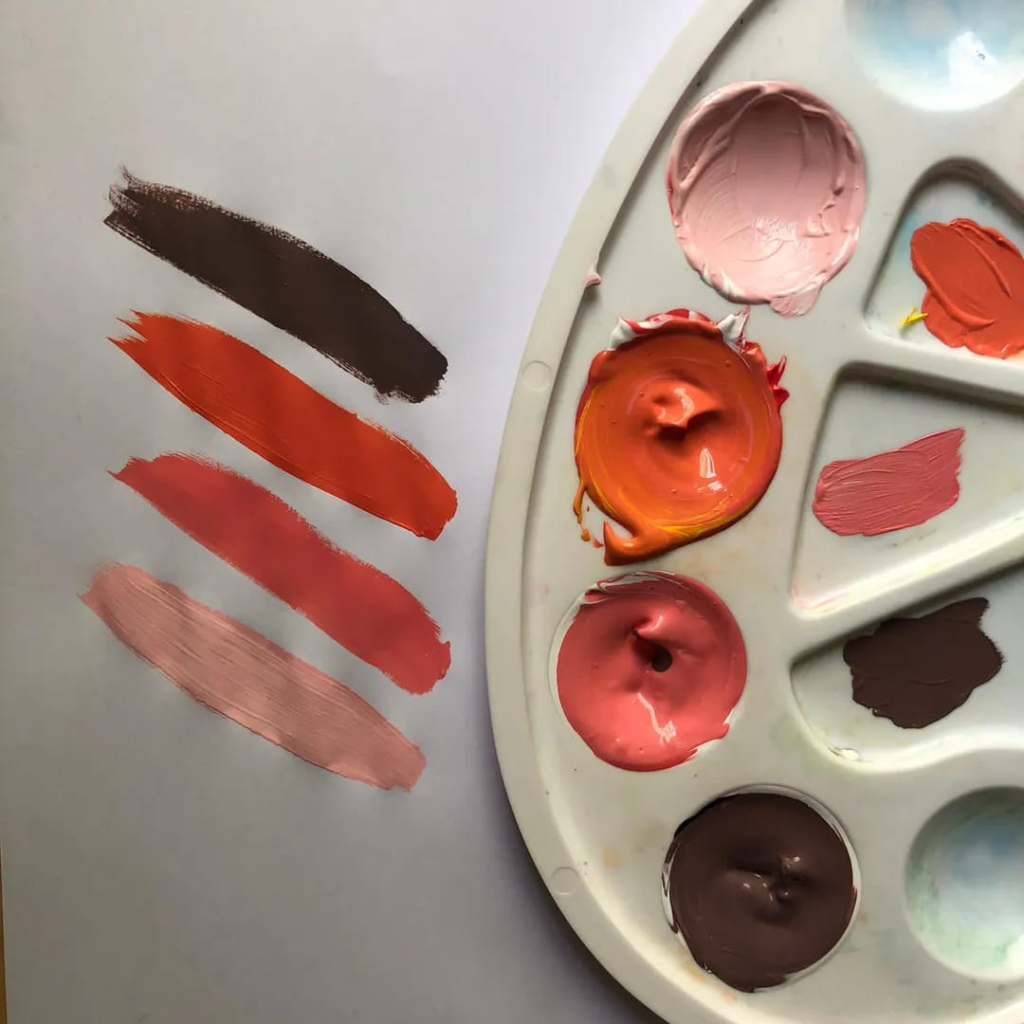
- a) maintain a reserve of base colors available and ready for use and;
- b) always wash the brush in clean water when changing color.
If you don't do this, you can still have fun, but you won't have an accurate sense of how your colors are forming (which can make it difficult if you want to recreate the color later).
Step 6: Keep Mixing Until You Find the Perfect Pink
Now, you can experiment with different shades by adjusting the amounts of each dye in the mixture. As explained above, a few drops of blue dye will produce a magenta tone, while adding yellow will result in a salmon color, for example. In these tests, I also mixed small amounts of green and yellow into an already mixed pink. It turned out wonderfully! Why not try it out yourself?
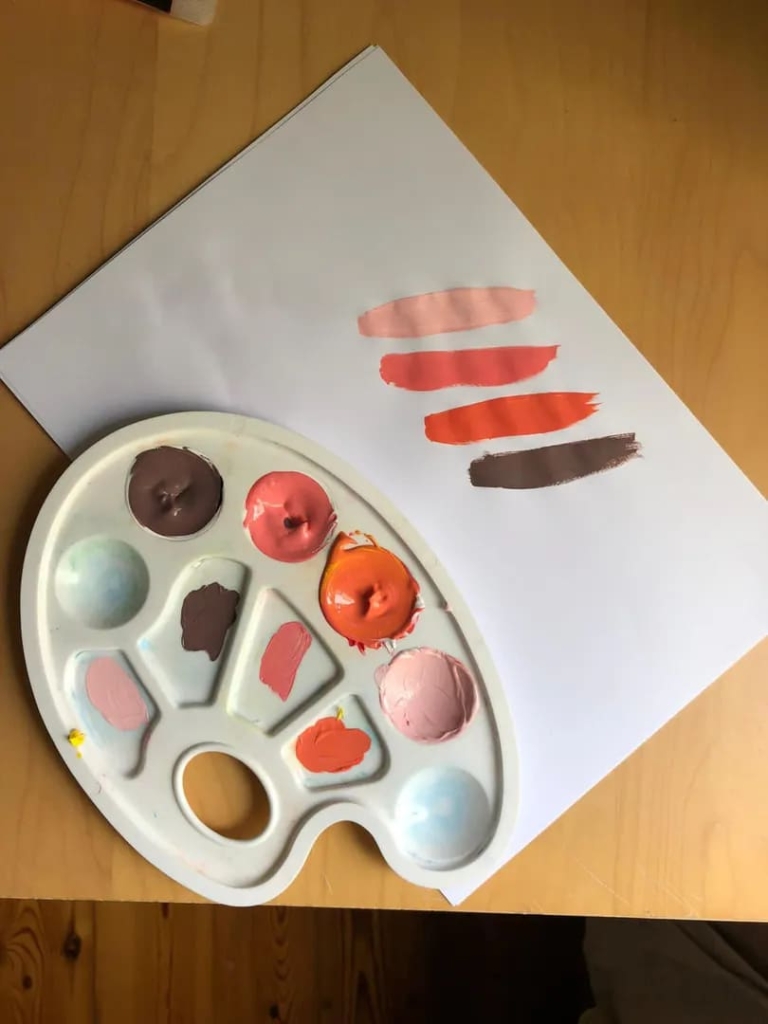
I hope it’s clear now: it’s a really fun activity and the color combinations are practically endless. And if you’re interested in learning some more tips on how to create colors for your paintings, we have a few more tutorials that teach you how to make the color red and the color burgundy. Enjoy!
Now that you know how to make pink, you can explore all the shades and nuances that this color has, bringing more creativity and diversity to your artwork, decorations and personal projects. Don't be afraid to take risks and create unique colors that match your style and personality.
Also, share your experiences and discoveries with friends and family, encouraging them to also learn how to make pink and other shades. After all, knowledge and creativity should be shared and cultivated so that everyone can benefit and enrich their lives with colors and artistic expressions.
Ultimately, mastering the art of creating the color pink and its variations is a valuable skill that can open up a world of possibilities for you. So keep exploring, learning, and developing your skills, and don’t forget to have fun in the process. After all, art and creativity are, above all, forms of expression and fun that should be appreciated and valued.
Did you like this amazing tip? If so, share it with your friends and on your social networks. Leave your comment below and your suggestions. Receive it daily here on our website. Blog of ideas and tips free and follow us on Google News too. Thank you!